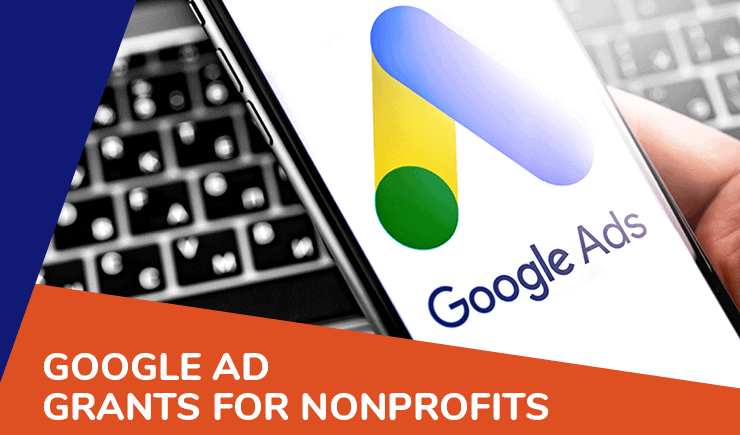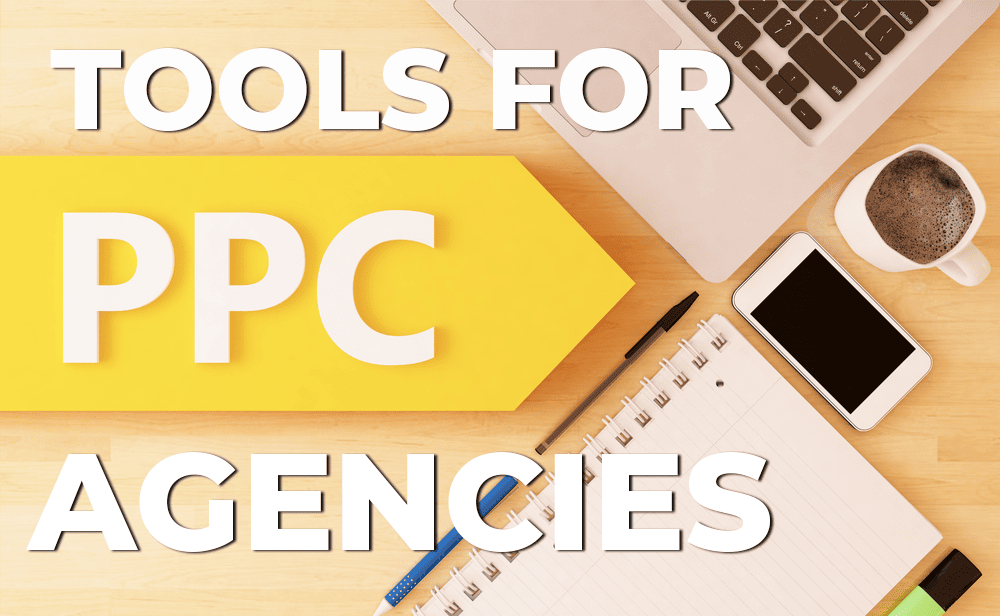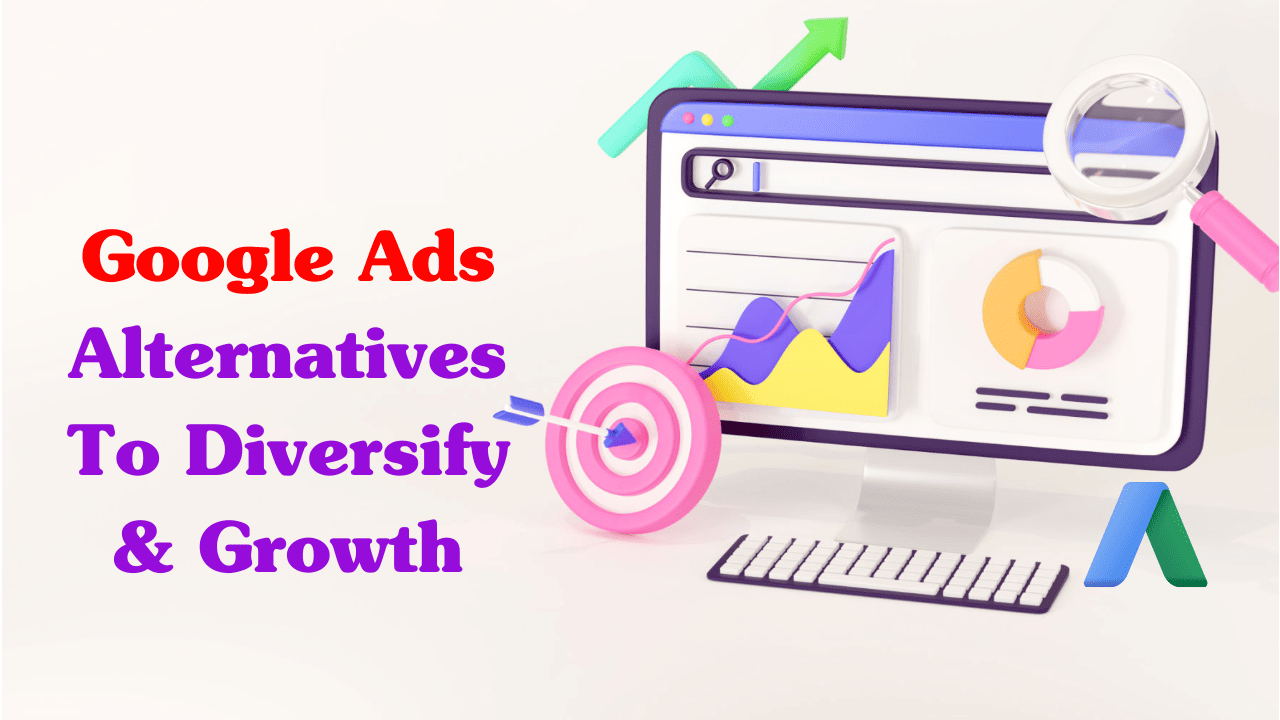Google Ads can be very valuable for non-profit organizations that want to increase their visibility and raise more donations. With the right strategy and approach, you will be able to tap into this powerful advertising platform to connect with potential supporters and create more awareness for your cause.
In this article, we will go through some useful tips and best practices to help your non-profit organization get the most out of using Google Ads.
Google Ads can be a helpful tool for nonprofits, especially in driving donations. Many nonprofits limit themselves to a Google Grants account out of fear of budget constraints. This is a misconception that can be changed.
Nonprofits evaluate their efficiency by measuring the return on investment, or ROI, on all different types of actions taken. Return on investment is the return received from investing in a product or service, and it can also be used as a performance measure to evaluate the profitability and effectiveness of an investment.

For nonprofits, ROI analysis means a determination of the returns generated from a certain expenditure and whether or not it was worth the investment.
ROI is usually expressed as a percentage and is determined by subtracting an investment’s cost from its current (or returned) value and then dividing that result by the investment’s cost.
Fortunately, there are so many resources available to nonprofits that they can do a lot without having to pay a lot, which makes their ROIs really strong.
One such great resource is Google Ad Grants. In this article, we will explore the Google Ad Grant and the ROI it can deliver for nonprofits.
What Is Google Ad Grants?
Google Ad Grants is a program offered by Google for eligible nonprofit organizations, it provides free ad credits to be spent on its platform. It allows nonprofits to raise awareness for their causes and gain potential supporters without the ad cost burden.
Through Google Ad Grants, qualified nonprofit organizations can receive up to $10,000 in-kind advertising credit each month to promote their missions on Google’s search results pages.
These ads can show when relevant keywords are searched, thus extending the reach and enabling the telling of a nonprofit’s story with far greater effectiveness.
To be eligible for Google Ad Grants, nonprofits must meet certain eligibility criteria, such as holding valid charitable status, having a functional website, and agreeing to certain advertising policies.
Once approved, organizations can create and manage their ads on Google Ads, using this valuable resource to amplify their impact and achieve their mission-driven goals.
Acquiring the Google Ad Grant involves three major steps:
- Apply for Google for Nonprofits
- Activate Ad Grants
- Launch a Successful Ad Grants Campaign
You may also like: How to Improve the ROI of Your SEO Strategy
What Is the ROI for the Google Ad Grant?
The ROI (Return on Investment) for the Google Ad Grant can be significant for nonprofit organizations. By using the Ad Grant’s free advertising credits, nonprofits can effectively reach a broader audience, increase website traffic, and attract potential donors and supporters.
The ROI can be measured in various ways, such as:
- Increased website traffic: The Google Ad Grant can drive more visitors to a nonprofit’s website, leading to higher engagement and potential conversions.
- Expanded brand awareness: With increased visibility on Google’s search results pages, the nonprofit’s brand awareness can grow, attracting more attention and support.
- Enhanced fundraising efforts: By effectively using the Ad Grant to promote fundraising campaigns, nonprofits can generate more donations and contributions from engaged audiences.
- Better program reach: Nonprofits can use the Ad Grant to promote their initiatives, events, and services, ensuring a wider reach and greater impact.
The Google Ad Grant offers a valuable opportunity for nonprofits to achieve their objectives, improve their online presence, and maximize the return on their marketing efforts without incurring significant costs.
How Do I Calculate ROI for the Google Ad Grant?
To calculate the return on investment for the Google Ad Grant, follow these steps:
- Determine the Total Value Generated: Start by calculating the total value generated from the Google Ad Grant campaign. This includes monetary donations received, volunteer sign-ups, event registrations, or any other conversions that contribute to your nonprofit’s goals.
- Calculate the Total Cost: For the Google Ad Grant, the actual cost is zero, as it provides free advertising credits. However, if you have any additional costs related to managing the campaign-for example, hiring a digital marketing team or using third-party tools-include those expenses in the total cost.
- Subtract Total Cost from Total Value: Subtract the total cost from the total value to get the net return.
- Divide Net Return by Total Cost: Divide the net return by the total cost and multiply it by 100 to have the ROI in percent.
The calculation of ROI is given by:
ROI (%) = [(Total Value – Total Cost)/ Total Cost] x 100
For example, your total value generated will be $10,000; let the total cost including the additional expenses be $1,000, then the ROI will be:
ROI = [(10,000 – 1,000) / 1,000] x 100 = 900%
A positive ROI infers that the Google Ad Grant campaign is driving more value than the cost incurred and hence is a very effective and successful marketing strategy for your nonprofit organization.
Now that you understand the essence of the Google Ad Grant and how to obtain it, learn from the advertising journey of one of our nonprofit clients and apply these lessons to enhance your own nonprofit’s performance.
You may also like: What Are the Main Types of Digital Marketing?
Why is solely relying on Google Grants not sufficient?
Like many nonprofit organizations, this client had first used a Google Grants account. For some organizations, this may be a great starting place.
However, they quickly learned what many others have: that Google Grants comes with limitations, making it difficult to use a large portion of the grant budget. This was compounded by stiff competition from pharmaceutical advertisers and larger nonprofit entities in a crowded marketplace.
To overcome these challenges and achieve better results, they decided to set up a paid, i.e., “normal” Google Ads account, a decision that proved to be highly advantageous.
With a monthly expenditure of around $6,000 to $8,000 on Google search text ads, they managed to receive donations amounting to $12,000 to $15,000, a level of success they couldn’t attain with the Google Grants account alone.
The constraints of a singular approach
Our client and our team were delighted with the results achieved so far, but we both understood that we shouldn’t rely on a single approach.
To capitalize on the success, we decided to allocate more budget to Google text ads, hoping to achieve a better return. However, despite the increased investment, the results didn’t match the higher budget’s expectations. This led us to realize that we needed to explore a different approach.
Consider Leveraging Existing Content
In the search for a new strategy, we discovered our client’s YouTube channel, which immediately grabbed our attention. Our client had already created some striking video content that spoke volumes about the value of the organization, leaving text ads far behind.
This motivated us to push towards video ads and to test our idea. The results were excellent, especially during the year-end giving season. By increasing our ad spend to $17,000 over that period, with some of the additional budget devoted to video ads, we generated more than $80,000 in donations.
Given the incredible return on investment, we strongly recommend that our client continue to invest in video advertising throughout the year for more frequent and profound donations.
You may also like: SaaS SEO: Effective Growth Strategy for SaaS Company
Donations are not the sole objective
It’s perfectly fine that these videos aren’t directly generating donations because their primary focus is to build brand awareness. This increased visibility will play a crucial role in securing future donations and sustaining the nonprofit’s impactful endeavours.
The best part is that such campaigns do not necessarily require a high investment. In fact, a budget as low as $400 for a video push campaign can be very effective.
For example, we can achieve as many as 150,000 impressions, with up to 20,000 views of the video itself, on such a small investment, a good assurance of the great impact of such campaigns.
Benefiting from unexpected clicks
Since we started with our ad program, there has been an interesting trend noticed. Sometimes, we get donations at times when people are searching for some other organization’s name on the same charity domain. Once they land on our client’s content and video, they decide to give to our client.
The reasons being unknown, we can only speculate:
- The competitor may not be advertising heavily on Google outside of their Google Grants account. In our experience, Google favors paying customers over Google Grants recipients. Our paid account could help us in this regard.
- The competitor might want to work more on brand awareness and trust. If they invest more in them, people might be more likely to specifically seek them for donations rather than contributing to our clients.
While the actual dynamics remain uncertain, that does underscore some of the possible benefits of our advertising effort and underscores how important improvements in brand awareness and trust are to attract donors effectively.
Continue on the Current Path
Our client has, quite rightly, been thrilled with their success and, as a result, drives them to continually explore new themes and ideas.
As believers in testing, we share their excitement in testing a new approach. We mustn’t forget, though, to give these experiments time to breathe. Otherwise, rushing through may obscure what specific strategies are working and which may need a tweak here and there.
Patience will help to make sure that the outcome is fully understood and that the best decisions are made for further improvements.
You may also like: SEO Metrics: What are they and why do they matter?
Make a Plan for the Future
We usually plan our next steps as we build on the successes of YouTube ad campaigns for this nonprofit.
For example, one of our objectives is to create an “always on” YouTube campaign featuring a montage of videos that better visually showcase the value of the nonprofit.
In addition, we have outlined different types of videos we would run, such as:
- Videos that highlight underserved demographics and convey a sense of inclusiveness and diversity.
- Videos that showcase local support groups and seminars with a focus on community.
- Answer frequently asked questions, such as “What is?” and “How to?”, and include useful information for viewers.
- Tell stories of how the nonprofit activities have made a difference and create an emotional bond.
- Tell personal member stories, similar to customer testimonials, about how the nonprofit has affected them in the real world.
- Explain exactly what donations are used for and add transparency to attract potential donors.
- Use a Q&A format, like an “Ask an Expert” series, to engage viewers and encourage interaction.
By diversifying the content of our videos with these various themes, we seek to raise the visibility of the nonprofit further, connect a wider audience, and foster broader support for its mission.
Google Ads isn’t exclusive to for-profit businesses.
Unfortunately, Google Ads often don’t receive the attention it deserves from nonprofit organizations. Similar to for-profit businesses, Google Ads can be a powerful tool for nonprofits to achieve their objectives and increase brand awareness.
This becomes even more meaningful when it leads to more funding for their noble causes. Embracing Google Ads can truly make a positive impact on these nonprofits and the greater good they strive to achieve.
Would you like to read more about how to use Google Ads to boost donations for your nonprofit organization-related articles? If so, we invite you to take a look at our other tech topics before you leave!
Use our Internet marketing service to help you rank on the first page of SERP










